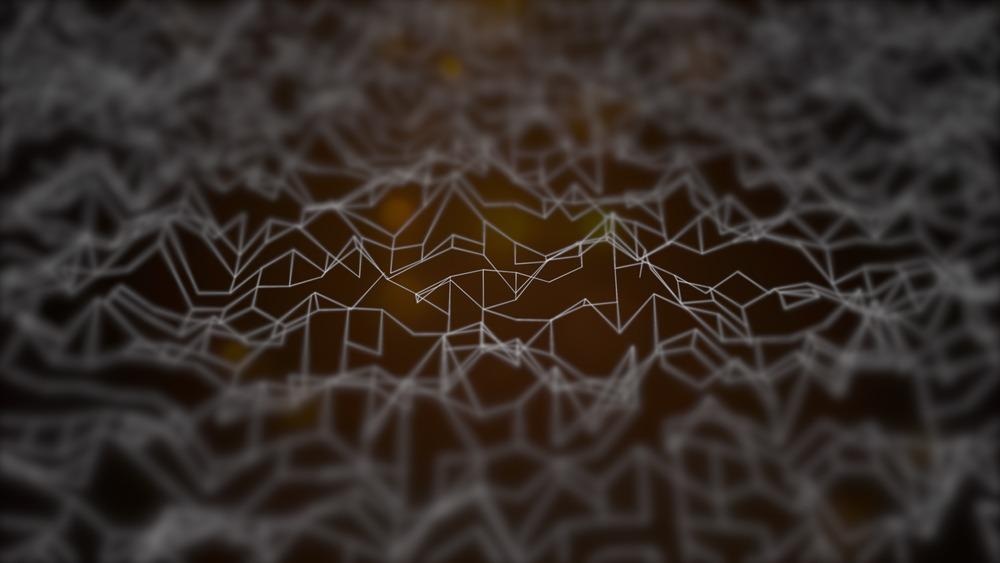 By Clarissa WrightMar 11 2022
By Clarissa WrightMar 11 2022Tectonic plates are pieces of the Earth’s upper mantle and crust that define the geomorphologies of the earth's surface. Each approximately 100 km thick plate fits with others like a jigsaw, but constantly moves against each other slowly.

Image Credit: VFX video/Shutterstock.com
When there is a sudden slip between the plates from a plate moving, friction is created with elastic energy and seismic activity, sometimes so much that earthquakes occur at their plate boundaries. Most earthquakes shape the landscape around, triggered by the tectonic movement of these plates, where rock beds slip against fractures in rocks called faults. Historically, plate moving has resulted in the production of mountain ranges and increased volcanic activity.
Monitoring earthquakes is essential across the world, as these events are sudden, unexpected and potentially destructive. An earthquake from movements between the Indian and Eurasian plates in December 2004 triggered a tsunami and killed over 200,000 citizens in Indonesia. Understandably, there is a continued need for the Earth sciences to understand and monitor earthquakes to mitigate hazards where possible.
Monitoring techniques
To monitor earthquakes, seismic waves that shake the ground are picked up on seismometers and analyzed by geoscientists who specialize in seismology. Small tremors occur all the time, which are too minor to be recorded, but seismograph stations record thousands of earthquakes every year. These seismograms allow geoscientists to assess where earthquakes originated, when and their magnitude.
A seismic sensor is any instrument that measures ground motion when shaken up from seismic activity. Seismometers are a type of seismic sensor, though, in the earlier days, the equipment consisted of a stylus that became displaced as it tracked the ground motion on a sheet of paper - a little like what we see in lie detectors.
To record the motion of the ground in three dimensions, three separate sensors are needed, where a vibration is recorded in each direction in what is called a three-component seismometer.
Advancing Sensors Further
Appropriate detection of quakes means that a society’s infrastructure can be shut down before an earthquake occurs to avoid further problems such as the leakage of hazardous gases.
Authorities and researchers from Earth sciences use seismic sensors and as well as structural health monitoring (SHM) sensors on structures such as bridges, buildings and power transmission lines in areas at risk of seismic activity. The resulting data helps geoscientists estimate the damage from earthquakes while using mathematical models.
On their website, the company SignaGuard discusses using seismic sensors for public safety, providing analytical tools that help filter through the seismic data.
A key challenge is in achieving this level of monitoring over large scales. For example, an area of thousands of miles with millions of structures, such as the region of the Californian Faultline and North American plate, requires extensive monitoring. The areas with structures at risk should be identified, where numerous cost-effective sensors can be deployed and connected to a local server.
New Sensors Transform Seismic Detection
The production of more powerful, smaller sensors can allow improved seismic analysis and the detection of tectonic plate movements, which can cause geohazards such as earthquakes. Thankfully, sensors have been advancing through the years, with many new forms brought to market. Azbil Corporation produces seismic sensors, which can be used to estimate the size of an earthquake or the physical damage to buildings.
Elizabeth Cochran of the Earthquake Science Center, U.S. Geological Survey, writes in a Nature Communications publication that “a revolution in seismic detection technology is underway, capturing unprecedented observations of earthquakes and their impacts. These sensor innovations provide real-time ground shaking observations that could improve emergency response following damaging earthquakes and may advance our understanding of the physics of earthquake ruptures.”
Yet, sophisticated, research-grade, high-resolution sensors are a relatively small, niche market. To have these be more economically available would benefit all regions of the world in their seismic detection activities. This is particularly true for developing countries where earthquakes cause more devastation due to less resilient building materials to seismic shocks, and their highly populated, centralized communities.
Sensing instruments have typically been costly and difficult to deploy at scale, particularly in developing countries. However, as Cochran discusses, new sensors could revolutionize how we detect earthquakes, being economically friendly and resulting in lower costs per detection station. They are also more lightweight and transportable than previous equipment that used large cables.
Tectonic plate moving can have devastating consequences, but earthquake detection has been both difficult and costly using traditional seismographs. Newer, low-cost sensors can transform the ability to detect earthquakes worldwide, being particularly beneficial in remote regions or developing countries.
Some improvement still needs to be made regarding their accuracy and resolution so that they can be brought to scale, with the support of appropriate software and tools such as those provided by SignaGuard to manage the large seismic data sets.
References and Further Reading
Braile, L., (2009). Seismic monitoring. Geological Monitoring,.https://doi.org/10.1130/2009.monitoring(10)
Cochran, E., (2018) To catch a quake. Nature Communications, 9(1). https://doi.org/10.1038/s41467-018-04790-9
Geological Monitoring – Plate Tectonics. National Park Service [Online]. Available at: https://www.nps.gov/subjects/geology/geological-monitoring-plate-tectonics.htm
How are earthquakes detected, located and measured? Discovering Geology — Earthquakes [Online]. British Geological Survey. Available at: https://www.bgs.ac.uk/discovering-geology/earth-hazards/earthquakes/how-are-earthquakes-detected/
Seismic Sensors (Seismometers) and Vibration Sensors (Seismoscope) [Online]. Azbil Corporation. Available at: https://www.azbil.com/products/factory/factory-product/switch-sensor/earthquake-sensor-seismic-detector/index.html
Signaguard – homepage [Online]
Disclaimer: The views expressed here are those of the author expressed in their private capacity and do not necessarily represent the views of AZoM.com Limited T/A AZoNetwork the owner and operator of this website. This disclaimer forms part of the Terms and conditions of use of this website.